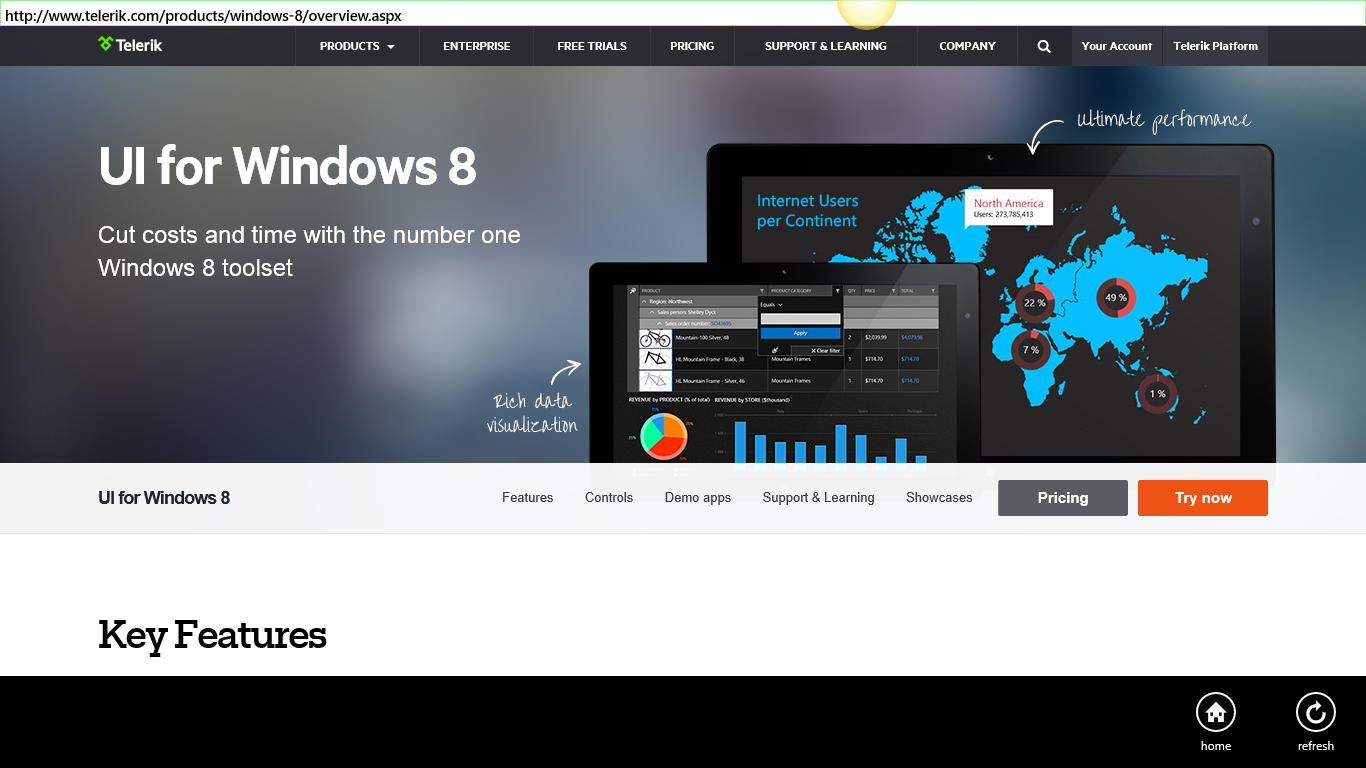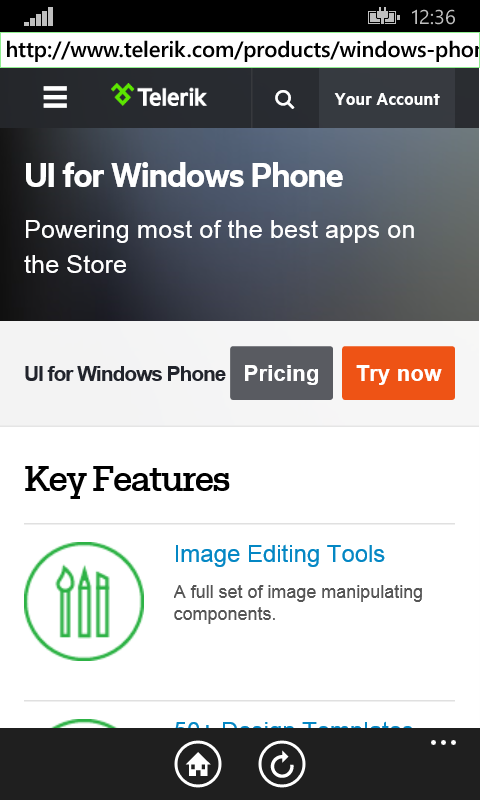If you are having a Windows Store application fail certification or being unpublished because you have violated Policy 2.1.2 – requires a visible address bar that displays a secure connection to users when they enter financial information or complete a transaction (see policy definitions).
The reason for this rule is because you are bringing the user to a site that is using HTTPS and the user may be entering in secure information. You need to give the user confidence that you are not spoofing the website and stealing the entered information.
This is easily remedied by adding a TextBlock (which is read-only) to the page and displaying the web address every time a page loads. Conveniently, the WebView has a perfect event handler for this: OnNavigationStarting.
You can get the web address through the Uri property of the WebViewNavigationStartingEventArgs and then set it to the Text property of your TextBlock. This is better explain with some example code.
Let’s say you have a page with a webview, you want to add a TextBlock to the top. You’ll want to create a Grid with two rows, set the first row’s height to Height=”Auto”. Put the TextBlock in Row 0 and the WebView in Row 1.
Now, let’s hook into NavigationStarting of the WebView, and in the event handler grab the Uri and set it to your TextBlock.Text property.
Here is what you should have (put some placeholder text so you can see what it looks like, also use gray for a foreground text color so the user knows it is read-only).
<Grid Background="White">
<Grid.RowDefinitions>
<RowDefinition Height="Auto"/>
<RowDefinition/>
</Grid.RowDefinitions>
<TextBlock x:Name="MyAddressBarTextBlock"
Text="http://www.somewebsite.com"
Foreground="Gray" />
<WebView x:Name="MyWebView"
NavigationStarting="MyWebView_OnNavigationStarting"
Grid.Row="1"/>
</Grid>
…and here is what your event handler should look like:
private void MyWebView_OnNavigationStarting(WebView sender, WebViewNavigationStartingEventArgs args)
{
try
{
//the event args contain the web address, get it from args.Uri and hold it in a local variable
string websiteAddress = args.Uri.ToString();
//now set the address to the Textblock's text property
MyAddressBarTextBlock.Text = websiteAddress;
}
catch (Exception ex)
{
//do something with the error
}
}
That’s all there is to it! Every time the WebView is going to load a page, the NavigationStarted event will fire and your TextBlock will show the upcoming address.
Here are some screenshots from the my sample…
Happy Coding!
Lance
Extra Credit and Sample Universal App:
This example is barebones, I challenge you to make a user control that houses the WebView and TextBlock, then you can reuse it across your app instead of doing this on every page. I’ve written a demo Universal app for you that has the following:
- UserControl in the Shared folder (ReadOnlyWebView.xaml)
- ProgressRing for loading content
- Extends Source DependencyProperty and exposes Refresh method
- Instantiates the custom control in MainPage.xaml for both Phone and Windows projects
This should wet your appetite and show you how to extend it further.



